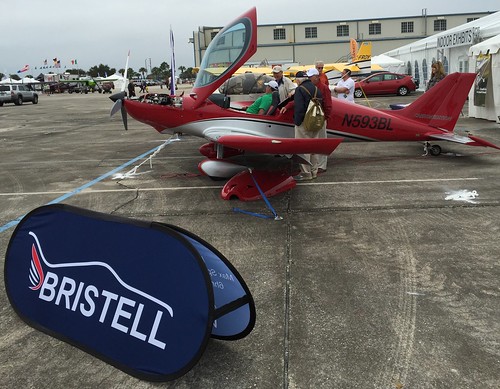On September 1, 2004 the FAA inaugurated a new pilot certificate dubbed the "Sport Pilot" that makes learning to fly easier and more affordable that ever. Intended primarily for recreational use,
you can now become a pilot with as little as 20 hours of flight instruction!
What can you do as a Sport Pilot?

Fly in daytime conditions, in good weather (3 miles visibility and maintain visual contact with the ground)

Fly cross-country

Fly up to 10,000 feet MSL (above sea level)

Fly solo or with one passenger

Share expenses with your passenger
What can you fly as a Sport Pilot?

You can fly an aircraft meeting the requirements of the FAA's new "Light Sport Aircraft" rule

up to 1,320 lbs (1430 lbs. for seaplanes)

maximum level-flight speed of 120 knots (138 mph)

one reciprocating engine

unpressurized

fixed or ground-adjustable propeller

fixed landing gear
What kind of aircraft is that?
In addition to making becoming a pilot more affordable, the FAA also made it more affordable to own this new category of aircraft!
"Light Sport Aircraft" (LSA) includes new and existing aircraft that meet the following requirements:

up to 1,320 lbs (1430 lbs. for seaplanes)

maximum level-flight speed of 120 knots (138 mph)

one reciprocating engine

unpressurized

fixed or ground-adjustable propeller

fixed landing gear
This includes:

Ultralights, home-builts, kit-builts, experimental (Experimental-LSA) and manufacturer-built ready-to-fly aircraft (Special-LSA) that meet the requirements of the LSA rule

Some existing standard category aircraft already meet the requirements: the Piper Cub, Aeronca 7AC Champ and the Ercoupe 415C

As a result of the new Light Sport Aircraft (LSA) rule, there is a large number of slick new affordable manufacturer-built ready-to-fly aircraft coming into the marketplace.
AMD Zodiac CH 601XL (United States)



